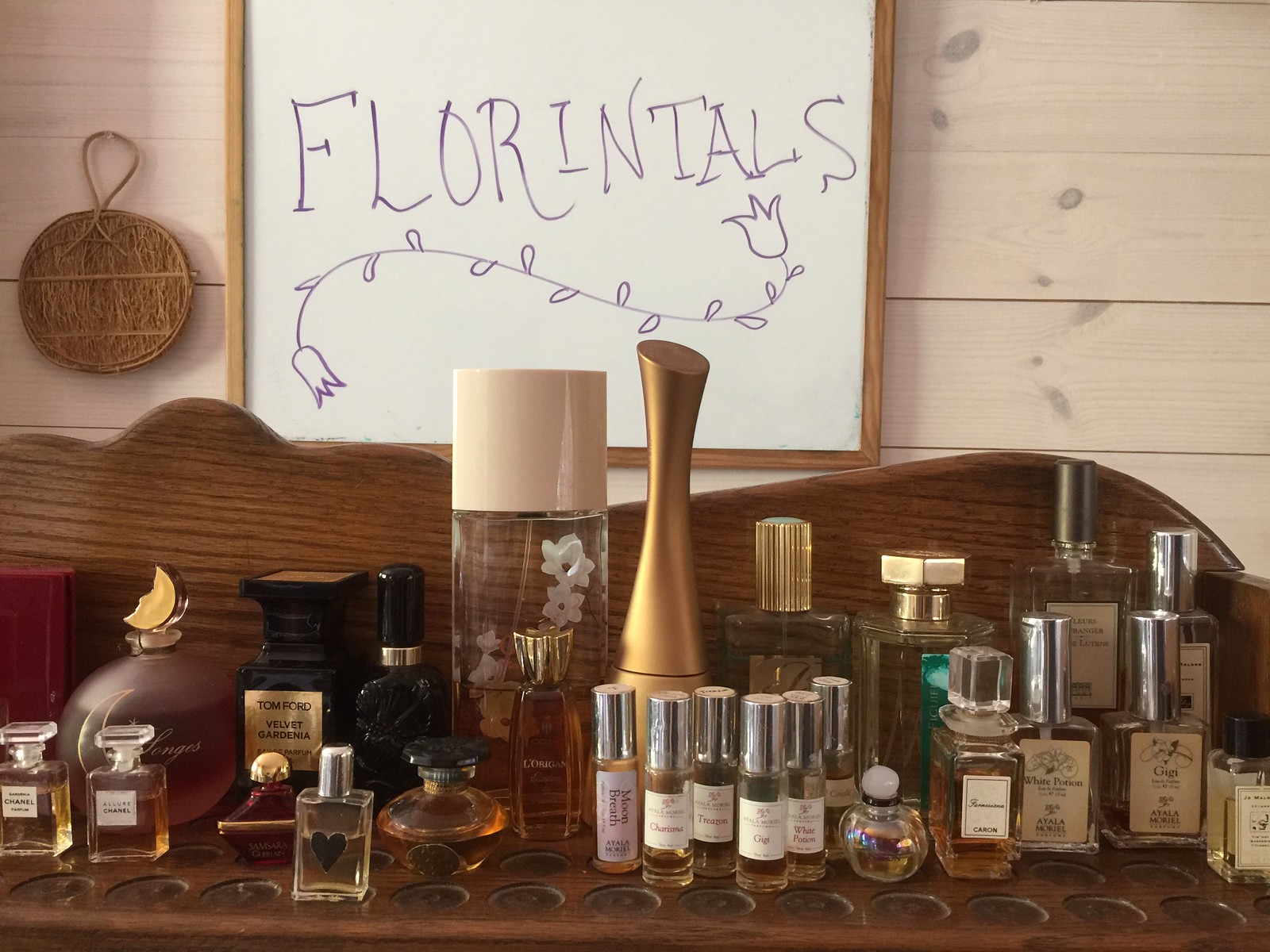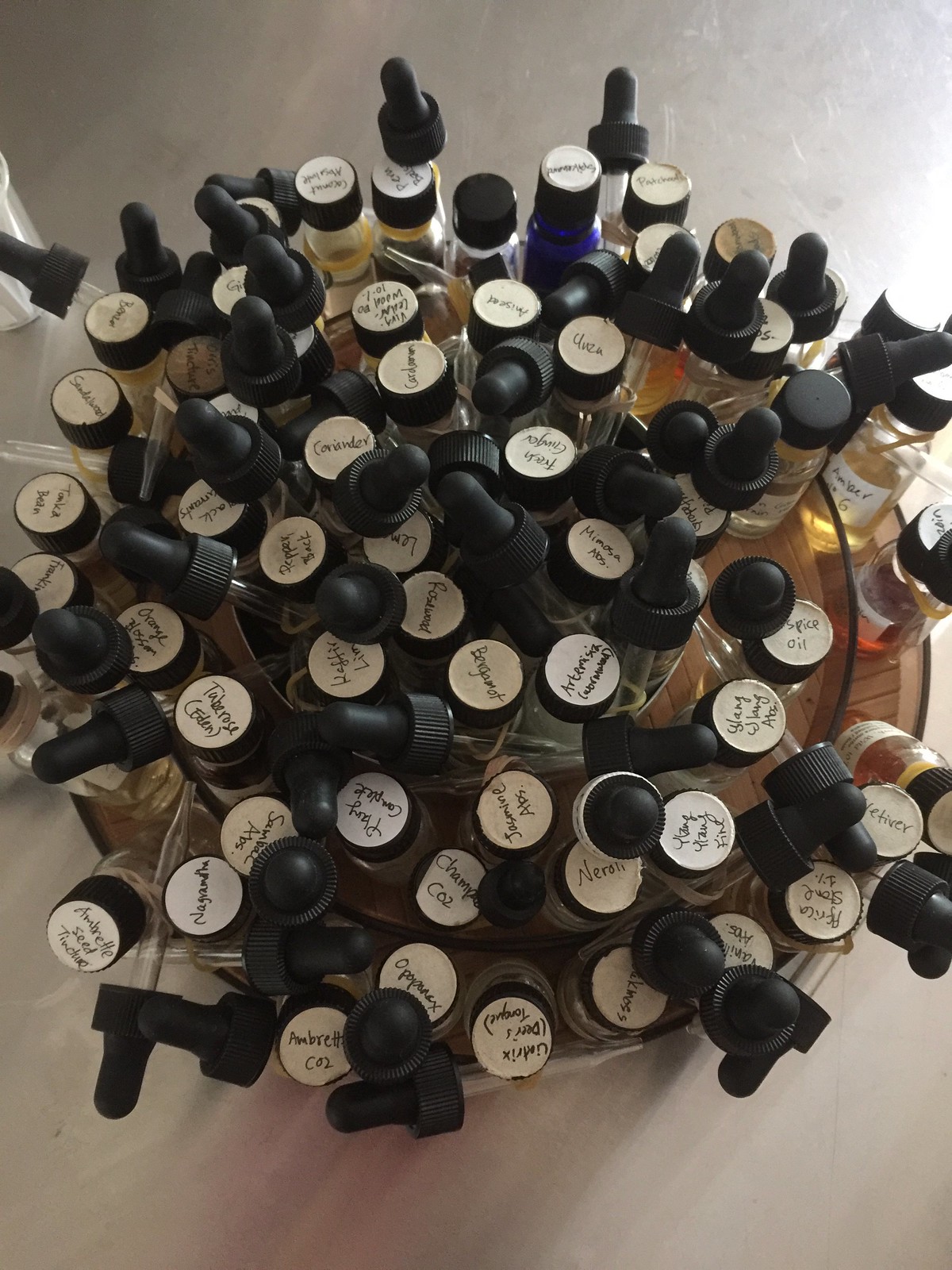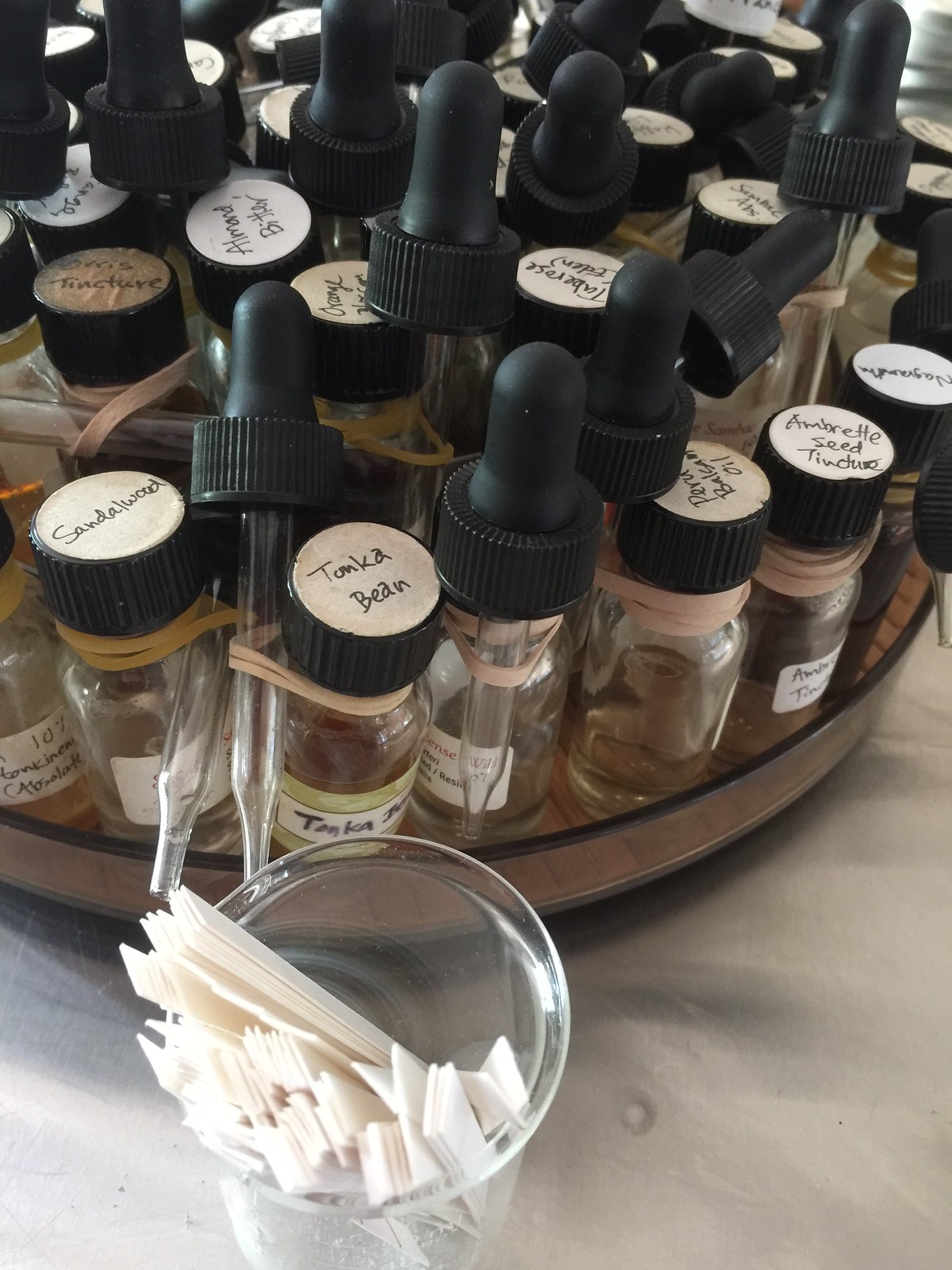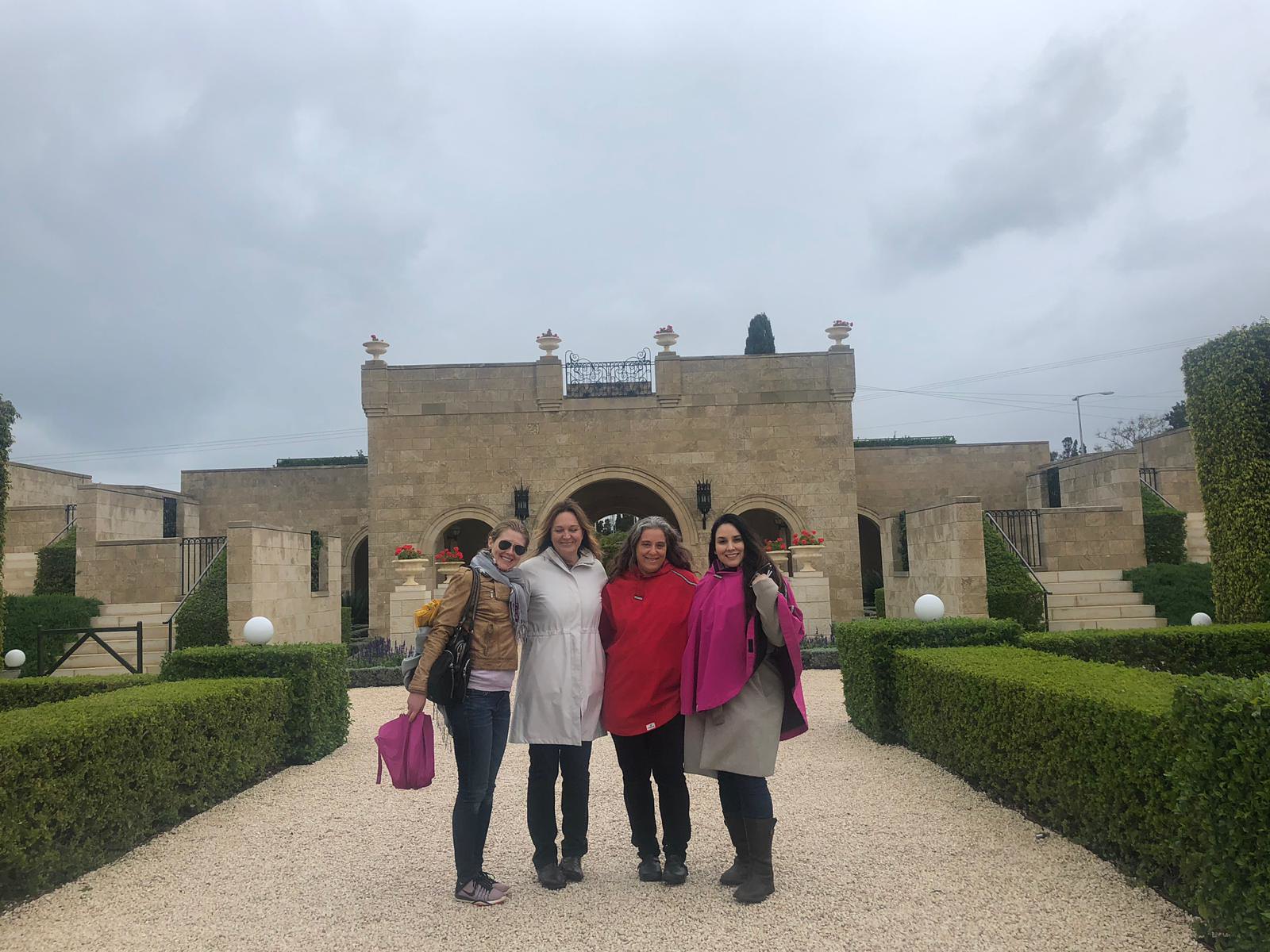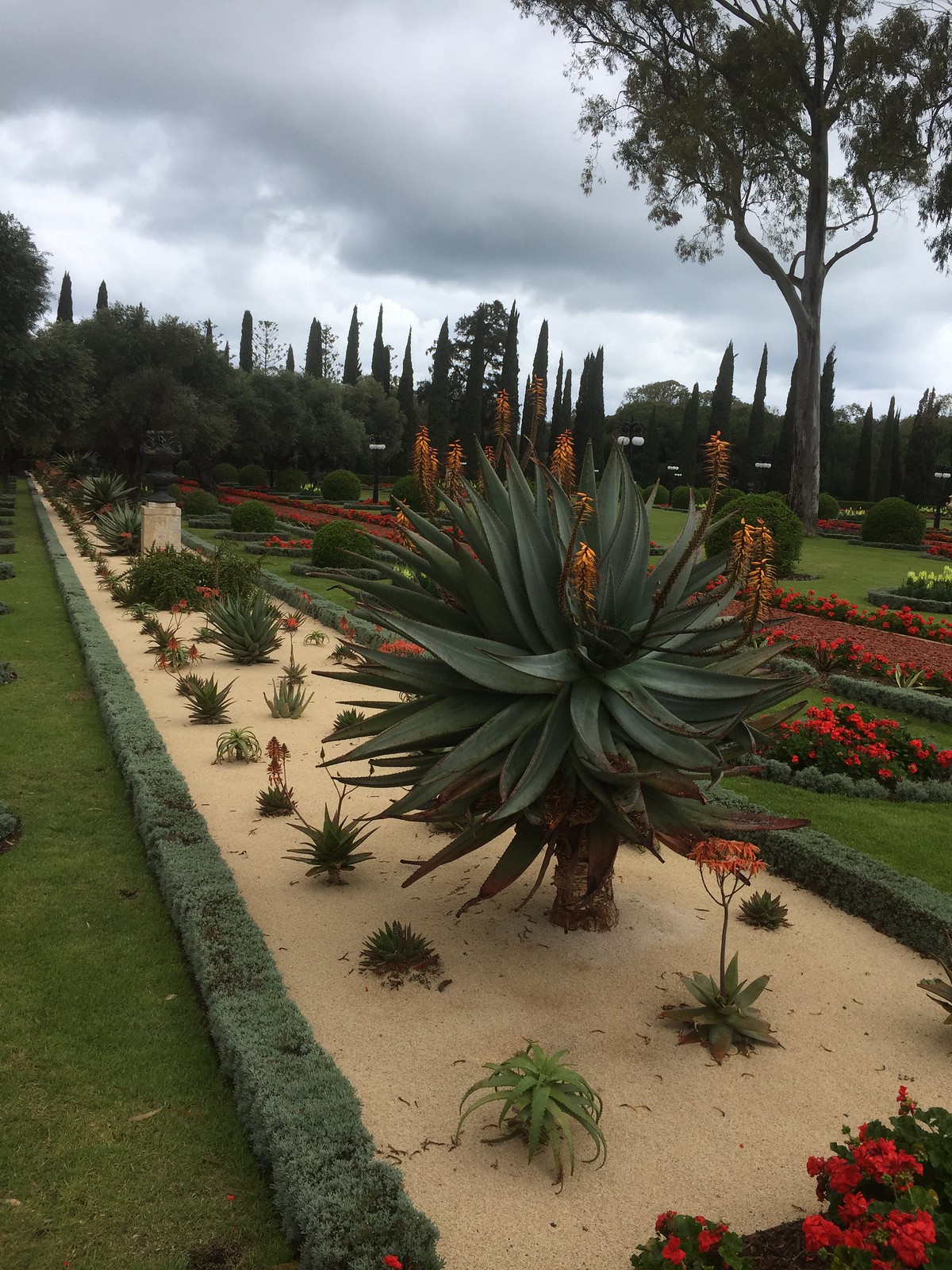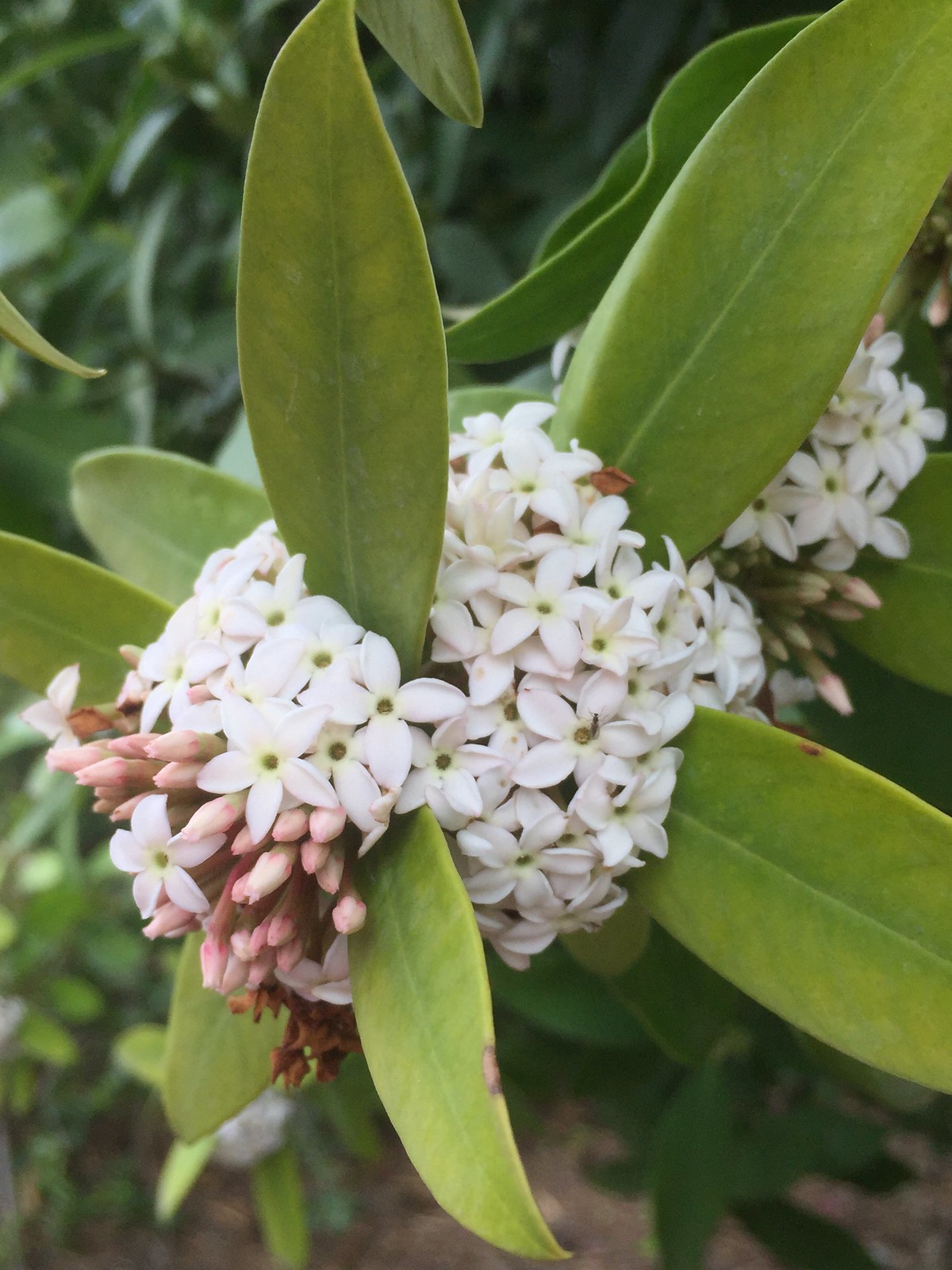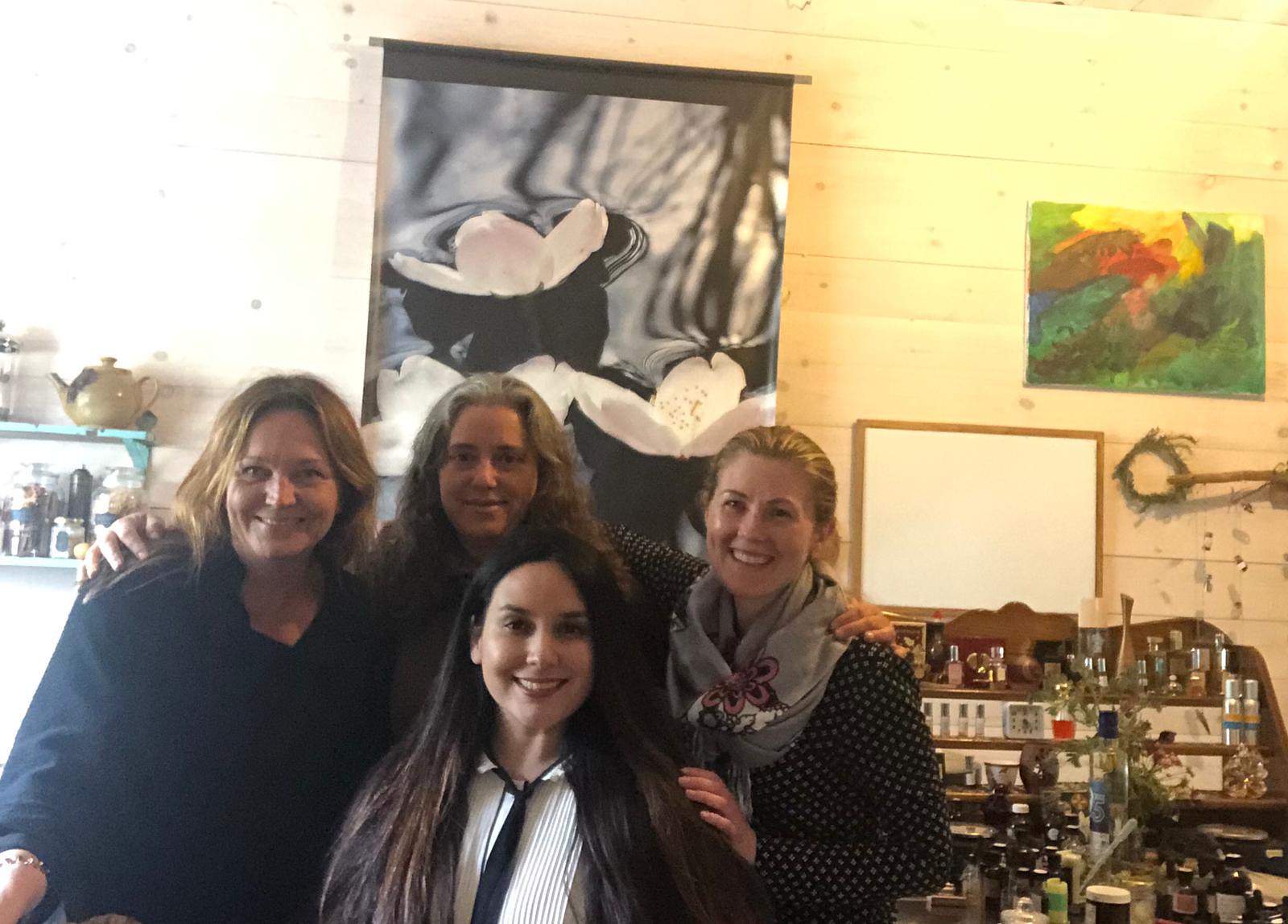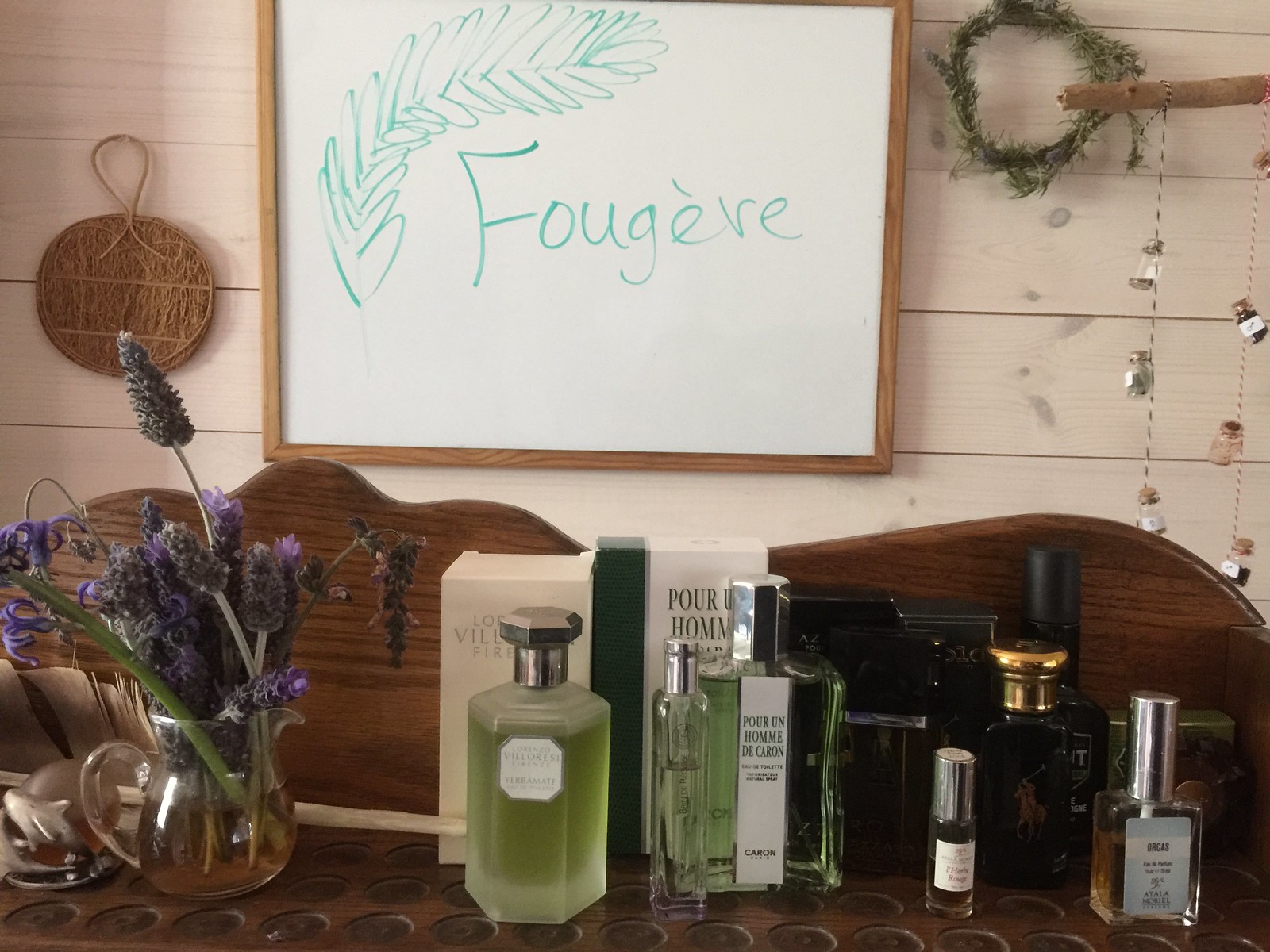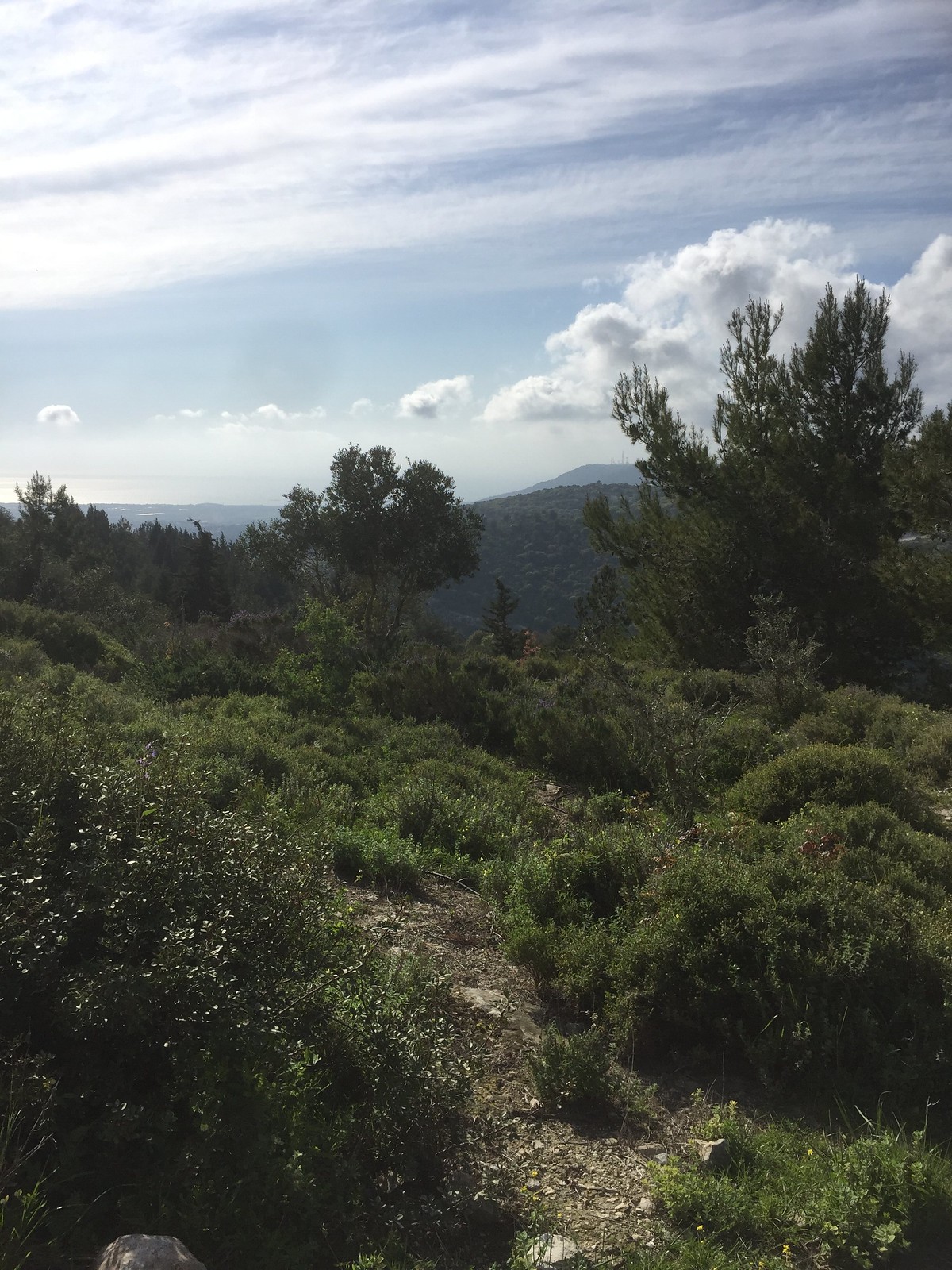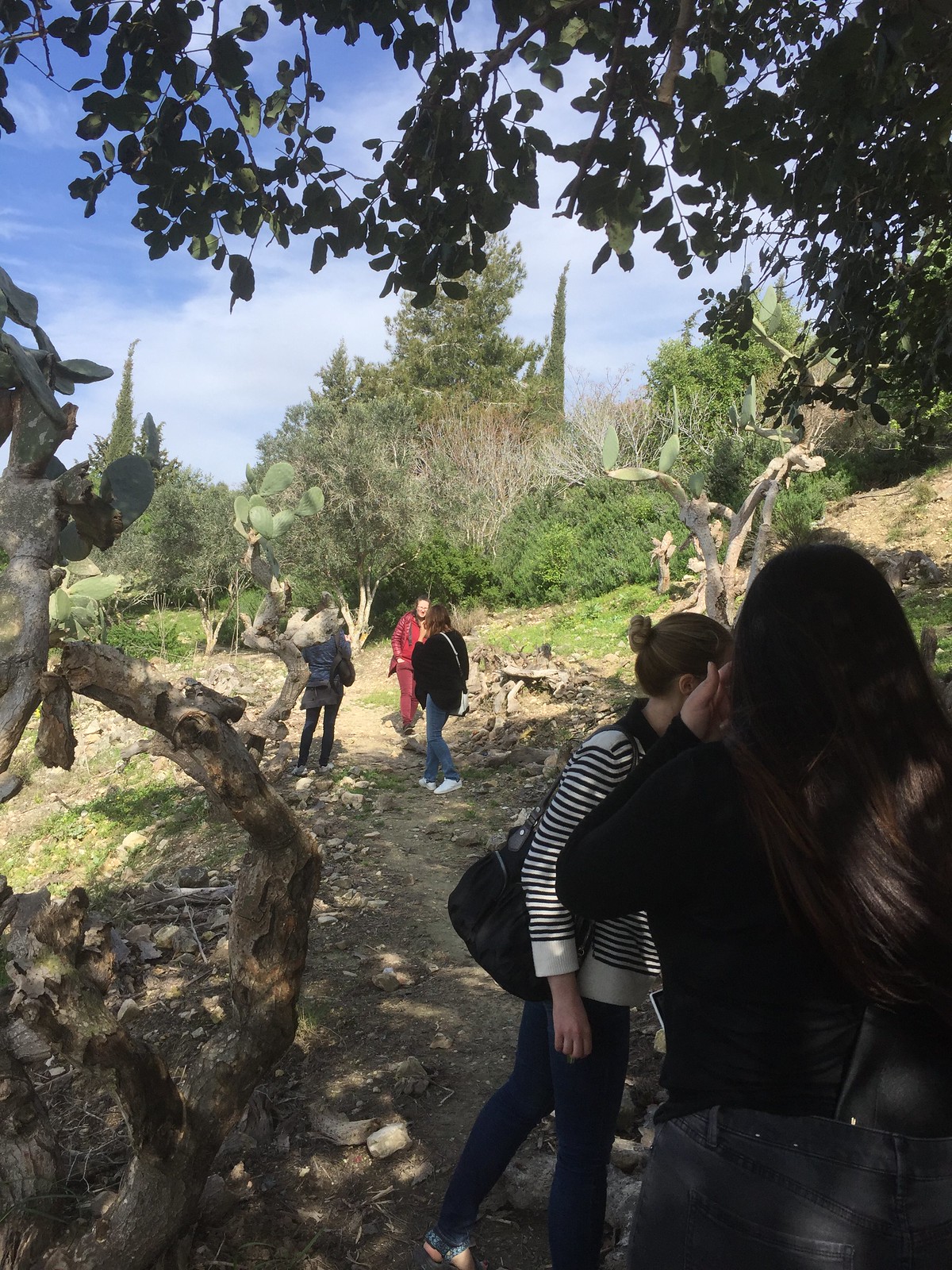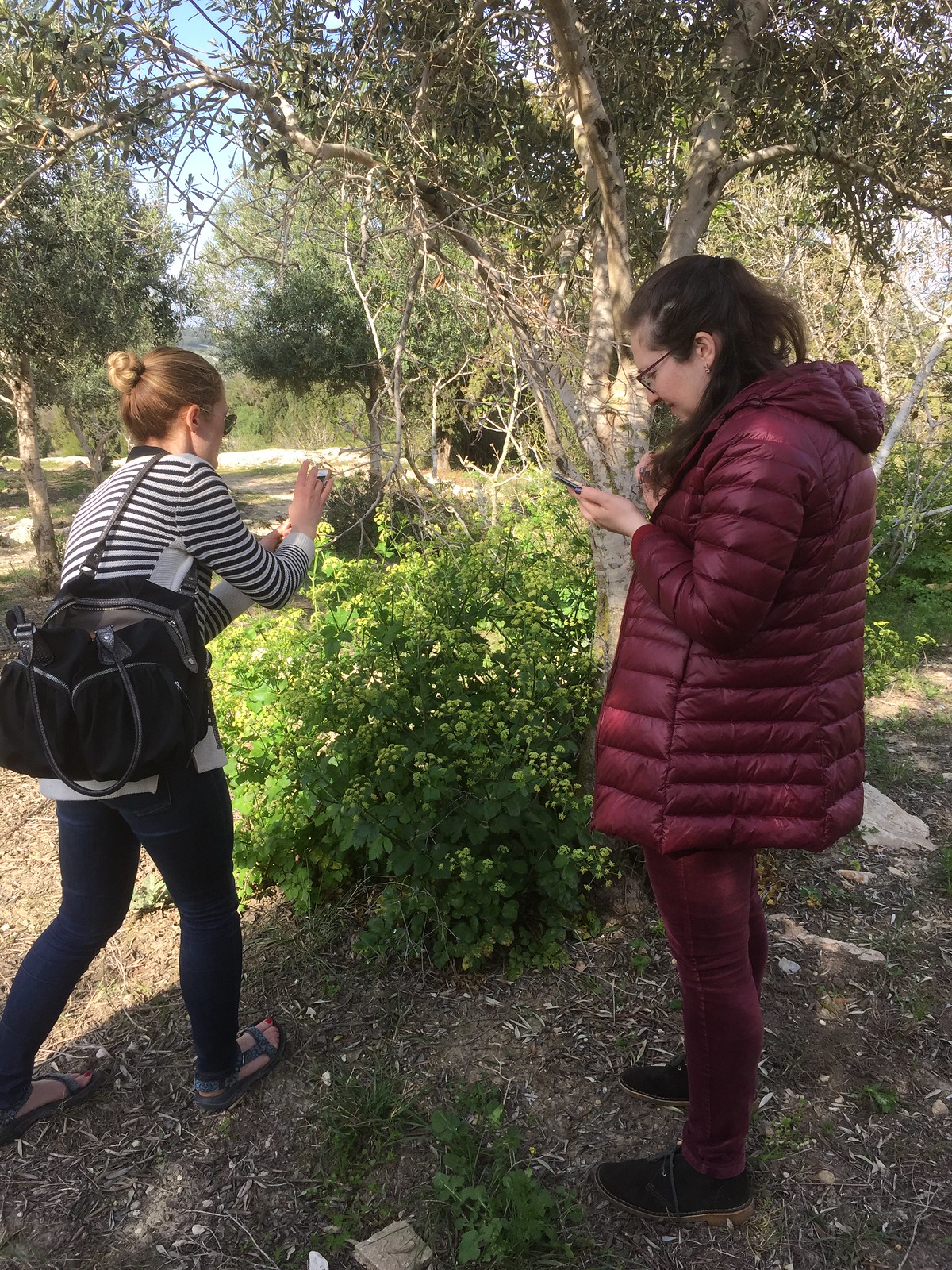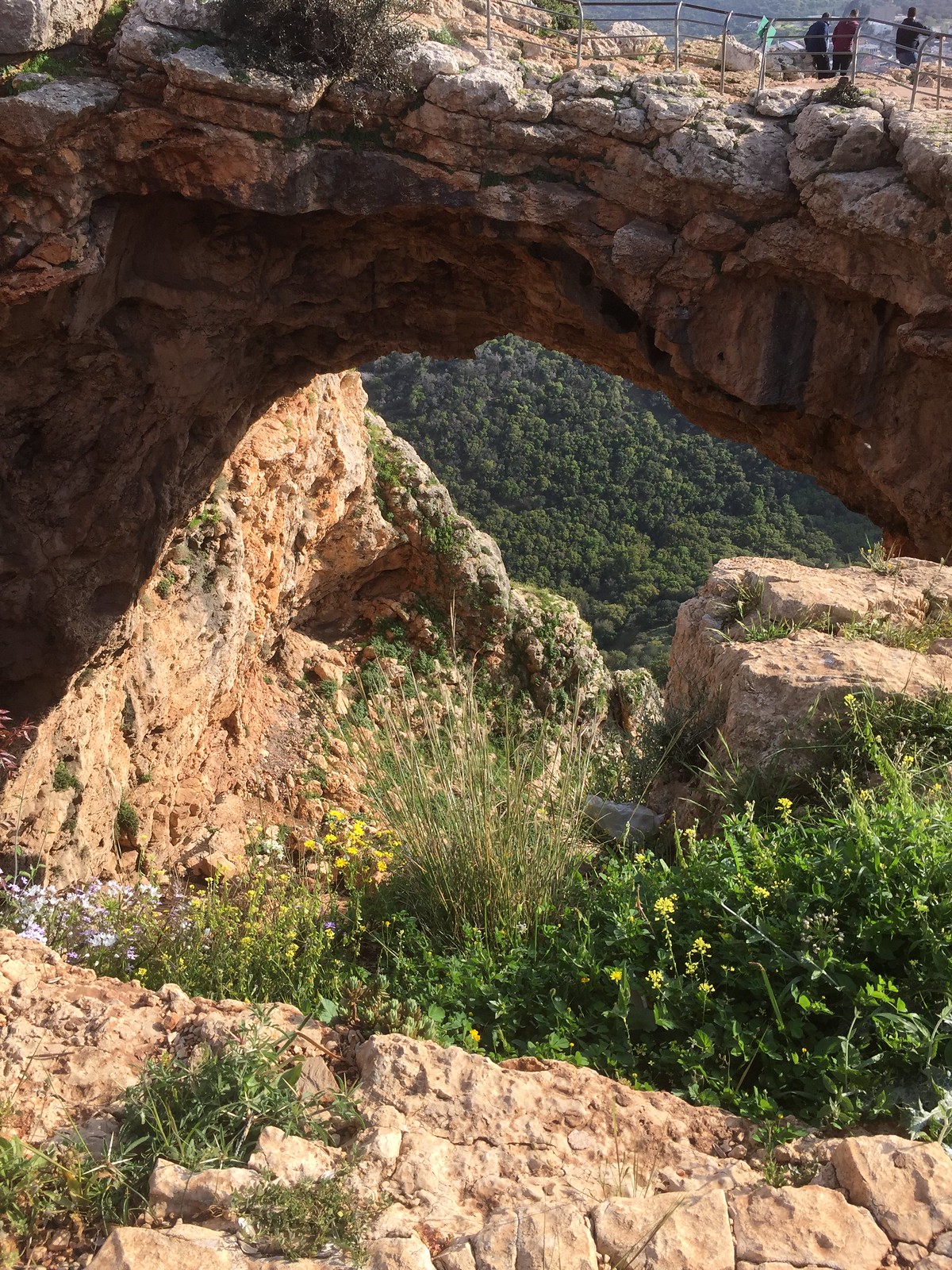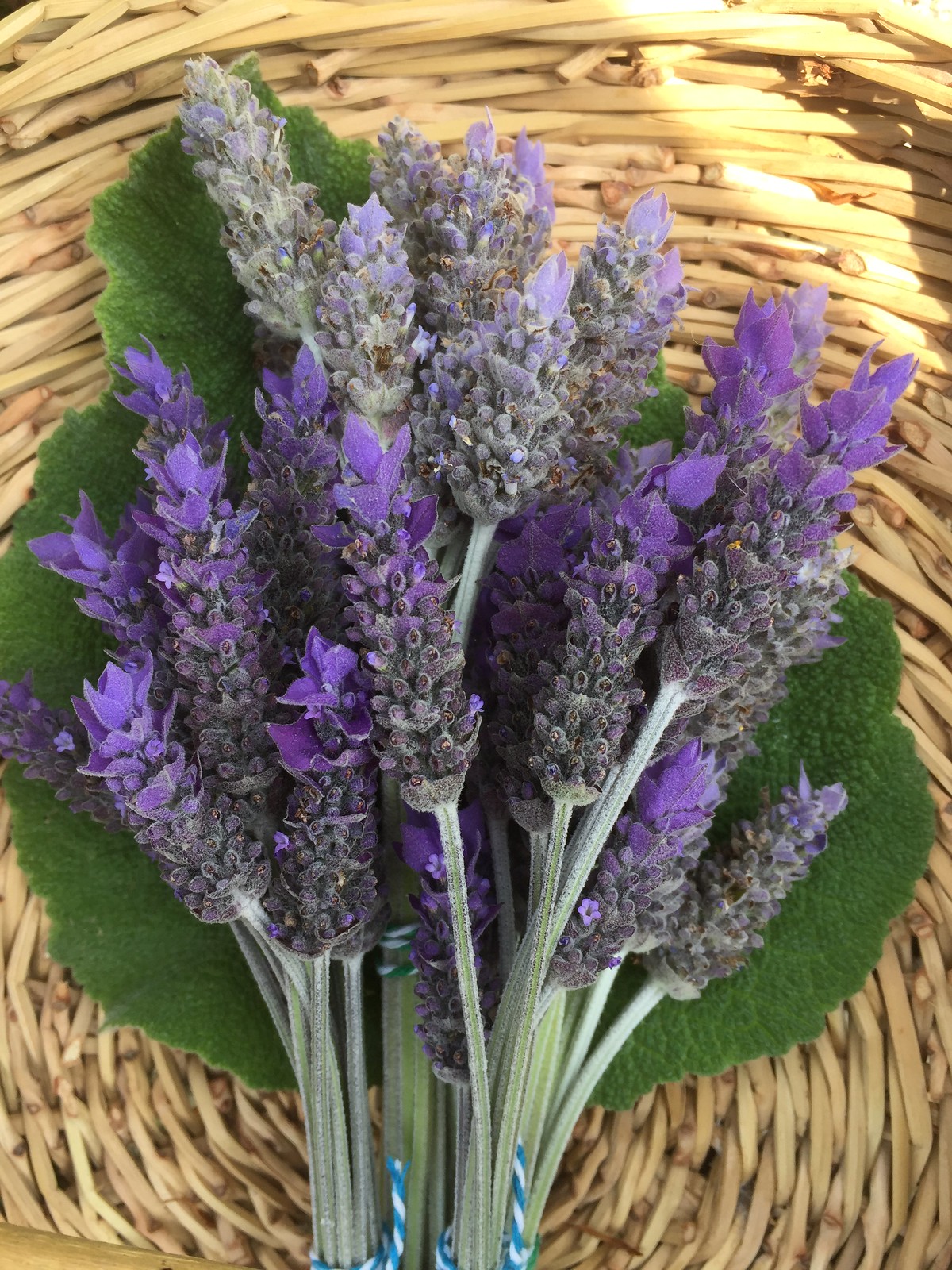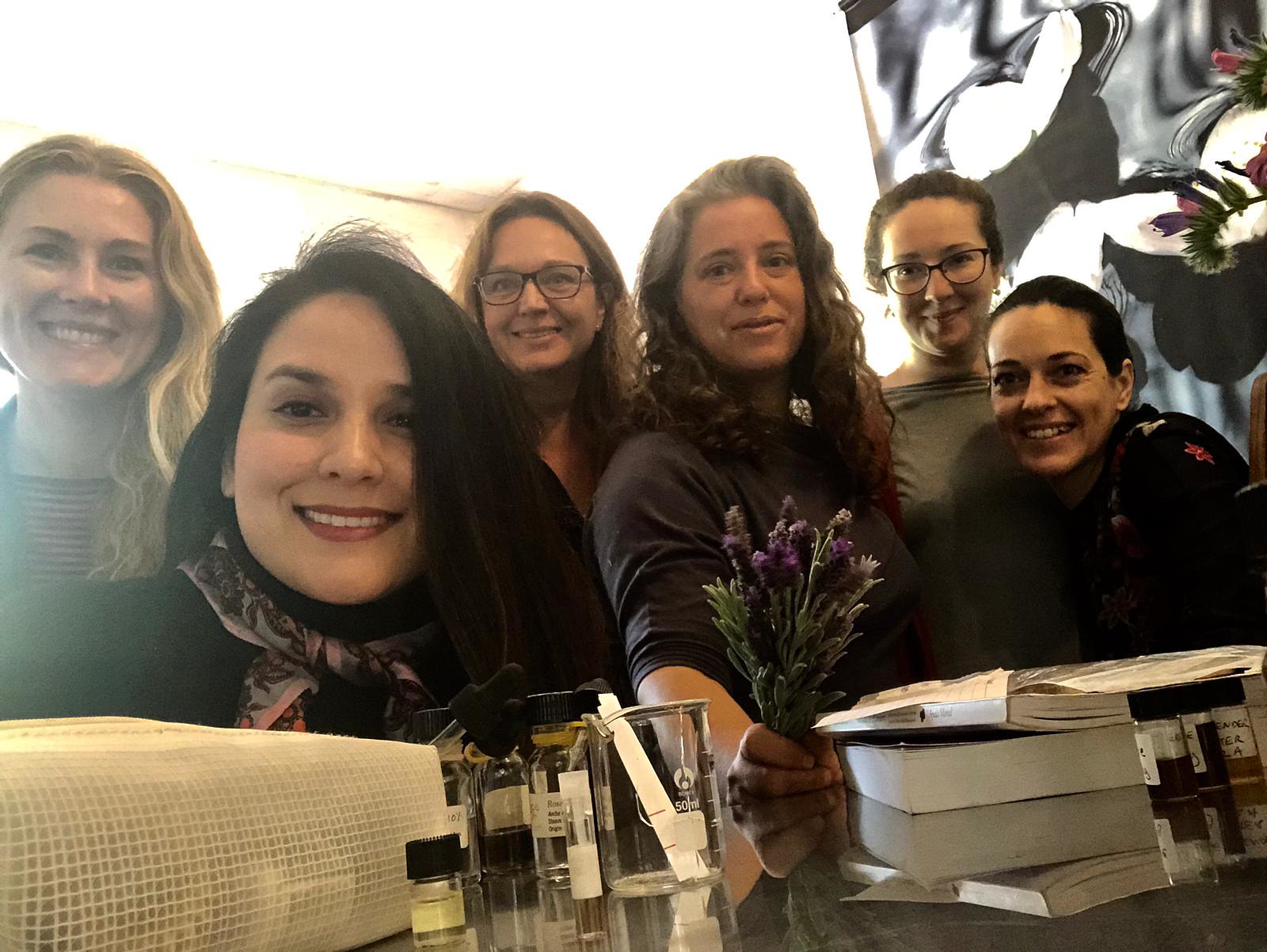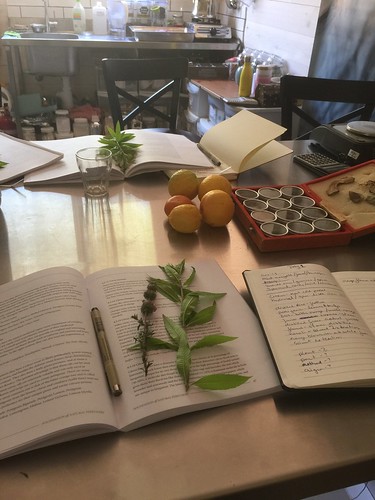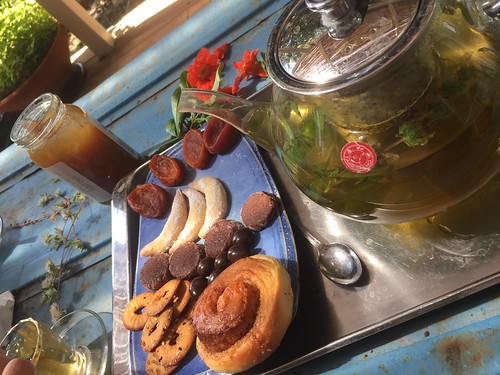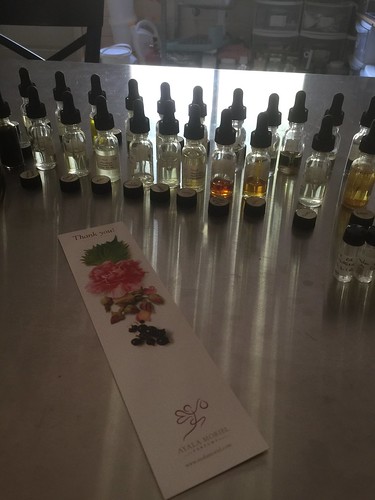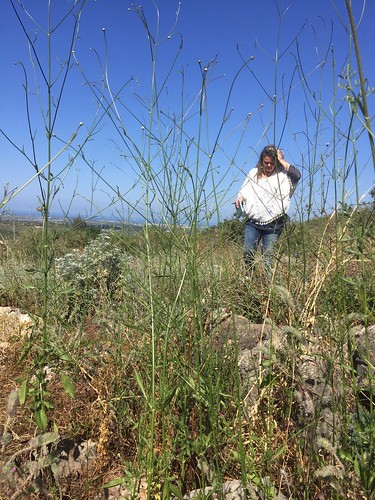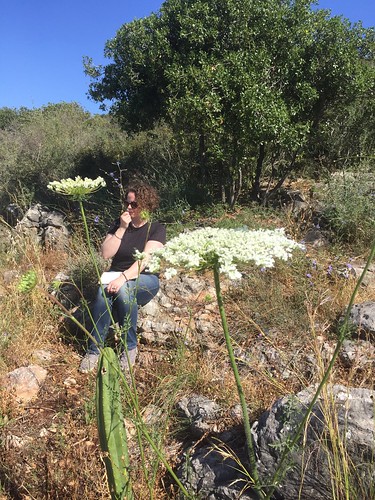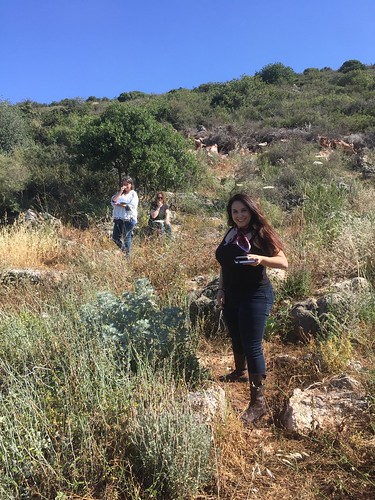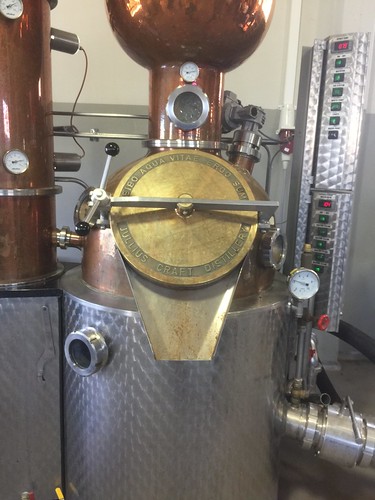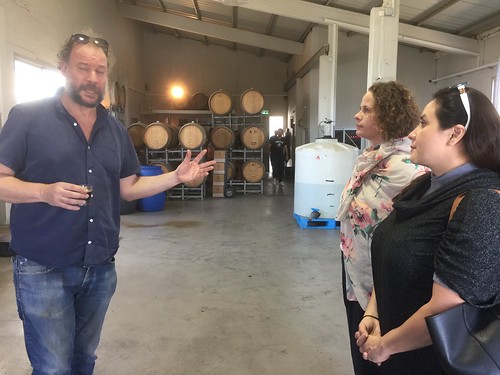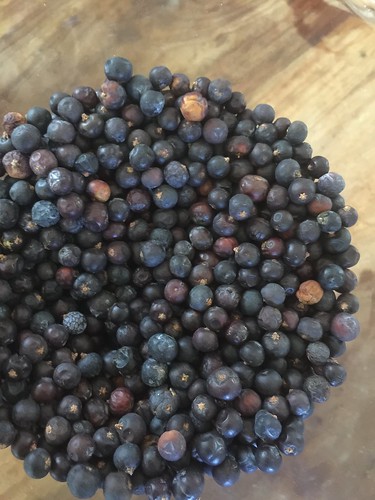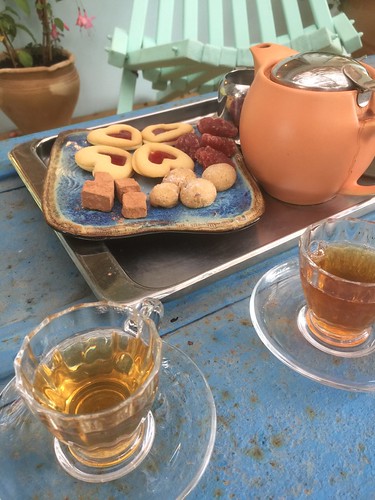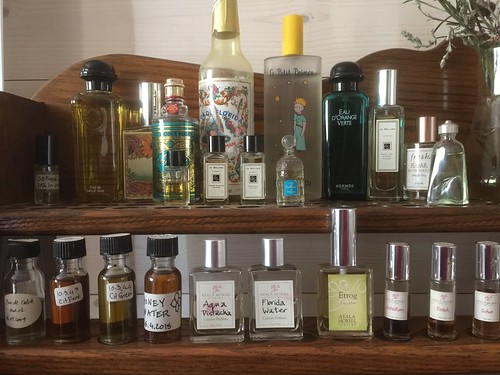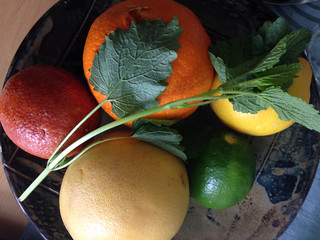
This blog has been silent for a while, as the last two weeks were fully dedicated to teaching two courses back to back: Citrus & Colognes and Leather & Tobacco. Not to mention before that I was occupied with other things - recovering from jet lag, taking care of a sick teenager, and participating in two Pilates teacher training courses (just the stuff I do for fun... Because I don't have enough things to do)... It's nice to have your plate full; but it's also nice to ease in back to the good old routine of perfuming and blogging at the quiet of my own space, and at my own pace. Until next wave of events, of course.

It's rare that I get to teach the fragrance family of Leather & Tobacco. Students must be at a very advanced level to study this genre, as the materials are quirky, strange, weird and forceful. Not to mention: at this point, they should have under their belt all the technical stuff, and have a solid understanding of composition and be utterly familiar with a wide array of raw materials.

We studied a bunch of animal essences, including ambergris, civet and castoreum. In fact, we even tinctured ambergris that week - a rather messy process! This is what we did in the lab on the first day:

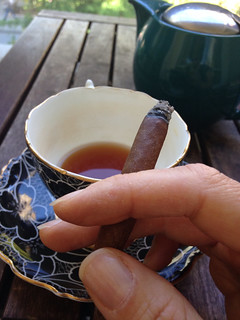
As the week progressed, we immersed ourselves with the raw materials and the history of these unique sub-fragrance-families. We started with tobacco fragrances and studied some of the key raw materials for the tobacco family. We also visited the tobacconist, drank plenty of Lapsang Suchong tea (black tea that is pine-smoked) and even smoked a cherry flavour cigar (it took me 3 days to finish off that one... My students were not very helpful!). The idea was to get to understand this genre from the flavouring point of view, which is how it historically began, and from that develop a scent that belongs to the genre and has a unique characteristic of a tobacco product - i.e.: pipe tobacco, cigar, etc.

Studying leather was also a little more multi-sensory than usual. We visited some leather shops to immerse ourselves in the scent of leather. How does a jacket shop smell like comparing to a shoe store? How does a boot smell compared to a sandal? Each leather has its own scent, and we were likely mistaken for a bunch of shoe-fetishist as we scoured the shelves sniffing the inside and outside of boots... Thank goodness we were a small "group" of 3 (including the instructor). Otherwise they might have had to call the authorities.
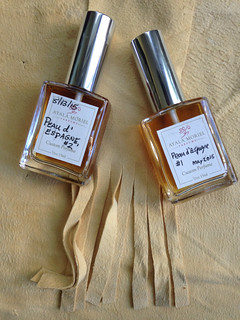
I've heard about Chamois a lot, especially in several of Mandy Aftel's books. But never bothered to find one. This class gave me the excuse to indulge in two pieces of this fine leather, that is used like a cloth for polishing cars; but is in fact the entire hide of an animal. I find this to be both creepy and humbling. The leather is so fine it has the texture of the plume-covered newborn's back. And it's also a bit stretchy. It is delicately scented - a leather scent alight, but one that does not dominate a scent that is added onto it. We didn't wash our Chamois before scenting it. I really wanted to see how the scent will mingled with all the curing materials on the leather. Each student got to pick a historic formula for scenting leather (and I picked a couple as well). They all worked quite beautifully on the leather. All in all we had 3 renditions of Peau d'Espagne (all from David G. Williams'
Perfumes of Yesterday; and I also re-did one of
Poucher's Frangipanni formulae.

Here you can see the many essences we used for recreating Peau d'Espagne (Spanish Skin) - a historic perfume formula from the 17th Century which was used for perfuming gloves. It's a rich, complex melange of precious historic materials such as animalic tinctures, floral extraits (a step in the enfleurage process), and materials that are not commonly found on the modern perfumer's palate. There needed to be plenty of interpretation of the formula and how we can create it with what we have on hand, as authentically as possible. The result, I'm afraid to say, smells like a rather cluttered composition that if I were to compose it (or any of my students), I would heavily criticize their overindulgence of so many raw materials - often with no clear idea of why they are there and where is this composition going. At this point (pre-maturation), it smells like a chaotic cacophony of many floral and animalic scents that is lacking a clear vision or integrity. When applied to leather (we used the Chamois for that purpose) it smells much better though.

On the last two days, students got to create their own original leathery scents, based on all the raw materials and classic perfumes we've studied that week, the formulae they and practiced and created so far. Each student had their own brief, so that each perfume was a completely original idea. Which is appropriate for this level (about halfway through the
8-course program). The next program in the series is the
Fougere week, which will take place September 21-25 at my home studio in Vancouver, Canada.
Labels: African Stone Tincture, Ambergris, Cade, Castoreum, Civet, Flavouring Tobacco, Hyraceum, Leather, Leather Week, Perfume Course, Perfume School, Perfuming Tobacco, Smoky, Study Natural Perfumery, Tobacco Week





 March 12:
March 12:


